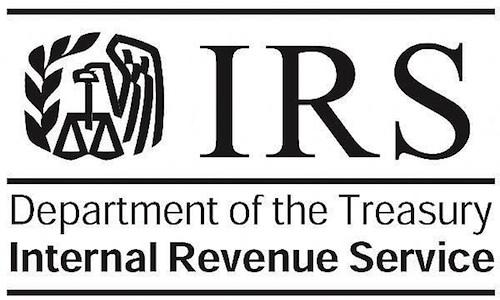Rev Proc 2019-08 – Expansion of Depreciation
With the TCJA, Section 179 was expanded to allow taxpayers to deduct up to $1 million for certain fixed assets, placed in service after 2017. The increase to $1 million under the Act rose the previous deduction that was $500,000.
Apr. 08, 2019

The Internal Revenue Service has issued Rev Proc 2019-08, clarifying depreciation rules set forth in the TCJA of 2017. The guidance clarifies certain items where accelerated depreciation under Section 179.
With the TCJA, Section 179 was expanded to allow taxpayers to deduct up to $1 million for certain fixed assets, placed in service after 2017. The increase to $1 million under the Act rose the previous deduction that was $500,000. Further, the phase-out limit was increased to $2.5 million, which was up from $2 million. Under the TCJA, the amount will be indexed for inflation beginning in 2018.
Section 179 allows taxpayers to accelerate the depreciation of certain assets. However, when the depreciation is accelerated under Section 179, the profit of the company cannot go below zero. This leaves any amounts not taken in the current tax year to carryforward until such a time as the deduction can be taken.
Section 179 applies to tangible personal property, such as machinery and other equipment that is purchased for a business. However, what was erroneously left out was real property. TCJA modified the previous definition of qualified real property to qualified improvement property (QIP), such as certain improvements to nonresidential real property. These improvements include roofs, heating, ventilation. Air conditioning, fire protection, alarm systems, and other security systems, just to name a few.
Under the TCJA, for tax years beginning after 2017, it expanded the use of the alternative depreciation system (ADS), provided by Section 168(g). This changes the recovery period from 40 to 30 years under this system.
The Rev Proc allows for accelerated deprecation under Section 179 for QIP such as leasehold improvements as outlined in Section 168(e)(7), qualified restaurant equipment, and qualified retail improvement property.
Where the Rev Proc stops short is allowing the special 100% depreciation deduction for these properties, which most experts admit was a clerical mistake. The Rev Proc goes on to say that a company whose main activities are real property trade or business can elect of the Section 163(j) limit. If these businesses do, they must use the ADS system for non-residential real property, residential real property, and QIP.
It should be noted that the House passed a bill that would fix the clerical error created by the TCJA, allowing for the special 100% depreciation allowance for these expenses, but that Bill, which was sent to the Senate is coupled with the spending bill that has shut down the government.
In short, the Rev Proc is nice, however it leaves more questions than answers.
